Welcome to an exploration of two key business pillars—Branding and marketing. This article delves into the distinct objectives and tasks, demystifying the intricate dance they perform in business. We’ll illustrate these concepts with examples from standout brands, shedding light on the mechanisms that help businesses carve out their niches and make their mark.
Unpacking Branding, we find it’s the compass guiding your business identity—think Apple’s embodiment of innovation or Coca-Cola’s warm embrace of universality. Meanwhile, Marketing stands as the sail, carrying your brand’s message far and wide, akin to Nike’s powerful campaigns advocating empowerment.
Consider a brief overview:
- Branding shapes your company’s ethos, dictating your core values and customer promises.
- Marketing propels your brand’s reach, using diverse channels to enhance visibility.
A special mention goes to Plerdy’s UX & SEO analysis, a valuable tool in refining branding and marketing efforts by enhancing user experiences and optimizing search engine visibility. So, fasten your seatbelts and prepare to venture into the depths of branding and marketing’s unique roles in the business ecosystem.
Understanding Branding
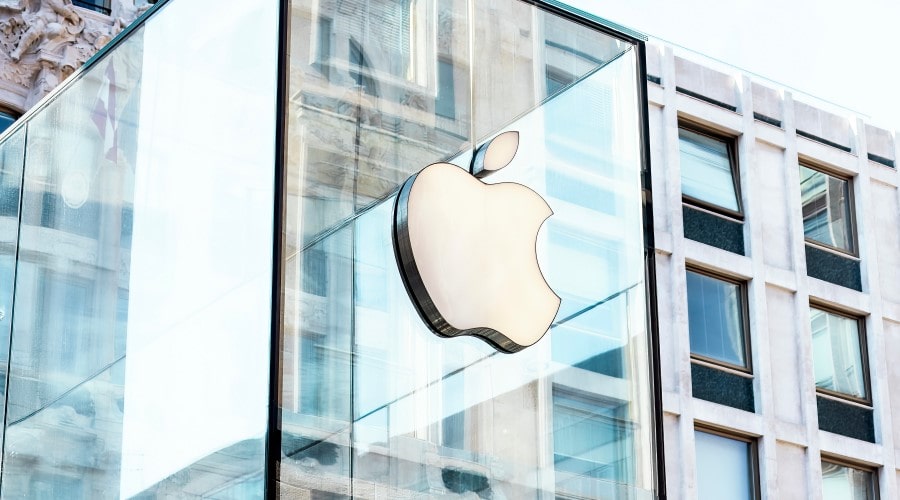
The branding process serves as the heartbeat of any business, pumping life into every facet of the company. It is the anchor, holding firm the perception of your business in the minds of consumers. We call this the “Brand Identity.”
- Brand Identity is the unique set of characteristics that sets your business apart. It comprises elements like the logo—a visual touchpoint, and the brand message—your company’s promise to the consumer.
Pushing deeper into the essence of branding, we find it’s more than aesthetics. It’s about stirring emotions and sparking connections with your audience. Let’s say you own ‘Cafe Aroma.’ Your branding could revolve around a cozy escape with the smell of fresh coffee.
It’s essential that every bit of your marketing—emails, advertisements, social media—echoes this sentiment, embedding ‘Cafe Aroma’ as a haven in the minds of coffee lovers. This is where branding marries marketing. It’s a symbiotic relationship where branding lays the foundation and marketing builds upon it, broadcasting your brand to the world.
In sum, understanding branding is like grasping the soul of your business. It’s about embodying a consistent message that resonates with your audience and leaves an indelible mark. Once you master this, your business will survive and thrive in the market.
Understanding Marketing
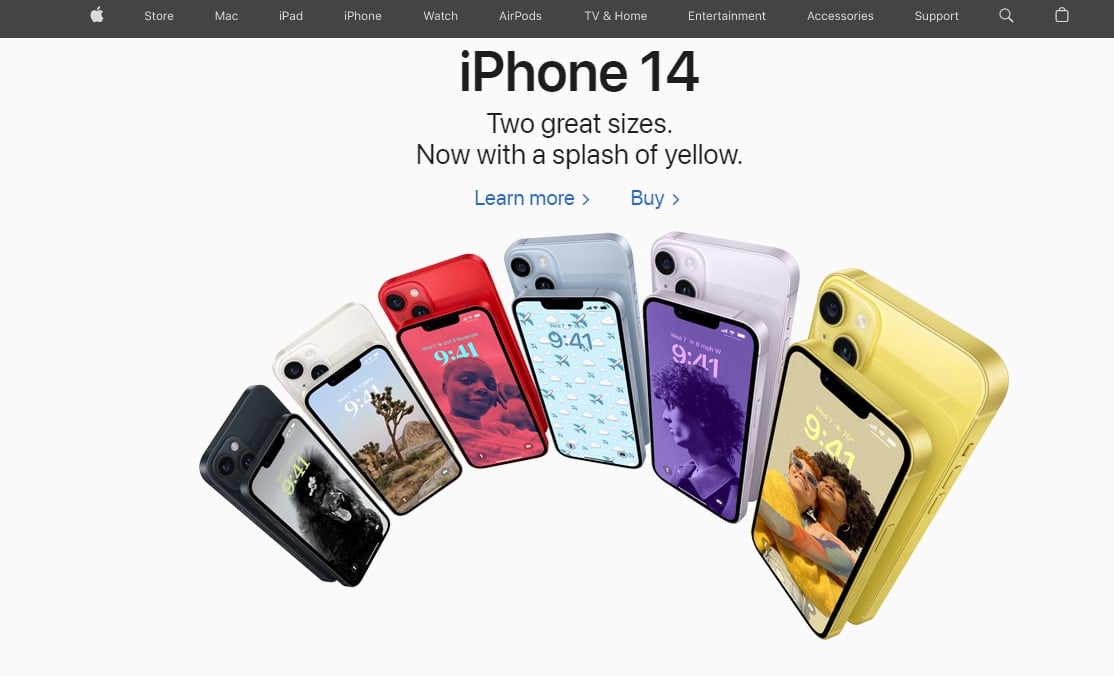
At the core of every thriving business lies a well-executed marketing strategy, like a master conductor leading a symphony of efforts toward business growth. It’s the process of presenting your brand to the market, ensuring it reaches the right people at the right time.
Marketing encompasses a myriad of components:
- Product: It’s what you sell – not just a commodity, but a solution to a customer’s problem. Consider an eco-friendly clothing line. Here, your product serves the customers’ need for stylish attire and their desire to be environmentally conscious.
- Price: It’s the value proposition of your offering. Ensure your pricing strategy aligns with your audience’s expectations and willingness to pay.
- Place: It’s where you make your products available. Depending on where your customers tend to shop, it could be a physical store, an online platform, or both.
- Promotion: It’s how you spread the word about your product. Harness the power of various channels – emails, social media, content marketing – to reach your audience.
Understanding marketing means orchestrating these elements to work in harmony, creating a customer journey that begins with awareness and ends with loyalty – a powerful narrative that fosters a connection between your brand and your customer. By mastering marketing, you pave the way for your business to flourish in the marketplace, establishing a bond with your customers that outlasts any transaction.
The Interplay Between Branding and Marketing
In the grand theatre of business, branding and marketing are two main characters, each playing a crucial role. But their true magic lies in their interplay—a dance that defines a business’s perception, performance, and prosperity.
Branding is the soul of your company. It shapes the identity, values, and promise of your business. Imagine a boutique hotel, ‘Haven,’ that brands itself as a tranquil, luxurious escape. This promise is an unchanging beacon guiding all decisions and actions.
On the other hand, marketing is the voice of your company. It takes the core values and promises that branding establishes and communicates them to the world. To continue our example, the marketing for ‘Haven’ could include:
- Product: Luxurious rooms with serene surroundings.
- Price: Premium pricing for a high-end audience.
- Place: Targeting online platforms frequented by luxury travelers.
- Promotion: Sharing images and stories of tranquil experiences at the hotel.
In this dance, branding leads and marketing follows. Branding sets the pace and the rhythm, while marketing executes the steps, making sure the brand promise reaches the right audience. They swirl together in perfect harmony, creating a mesmerizing performance that draws the audience—your customers—in. As the curtains draw close, it’s clear: the interplay of branding and marketing is a performance every business needs to master for a standing ovation in the market.
Branding vs. Marketing: A Comparative Insight

In the ever-evolving business landscape, branding and marketing are often used interchangeably. However, they’re distinctly different, playing unique roles in a company’s success.
Branding is the process of creating a distinct identity for your business. The impression lingers in your customer’s mind, reflecting your company’s values, personality, and promise. For instance, Apple’s branding revolves around innovation and high-quality design.
On the other side, marketing is the strategic road map that introduces your brand’s message to the marketplace. It leverages various channels and strategies—social media, SEO, and content creation—to reach potential customers. Consider how Nike effectively uses advertising campaigns, showcasing inspirational stories to market its products.
Here’s a clear distinction between these two powerhouses:
- Branding is long-term, shaping your business’s persona and building emotional customer connections. It’s about who you are and what you stand for.
- Marketing is short-term, focusing on promoting products or services. It’s about selling and moving consumers through the sales funnel.
Pricing, however, is a function of both branding and marketing. An upscale brand like Gucci can command high prices due to its luxurious branding, reinforced by exclusive, high-end marketing strategies. Conversely, a brand like Walmart, known for affordability, utilizes cost-effective marketing techniques to attract price-sensitive customers.
In summary, branding and marketing are intertwined but different in purpose. Successful businesses understand this difference, strategically leveraging branding to set the stage and marketing to perform the show. This combination, when executed right, leads to a powerful, engaging, and successful brand.
Branding and Marketing: A Balanced Equation
To dissect whether branding trumps marketing is to unravel a symbiotic relationship. Both are essential, but their importance varies based on your business stage and objectives.
Branding sets the tone—encompassing your core values, personality, and promise. For example, Tesla’s branding radiates around innovation and sustainability. It’s your business’s heartbeat, fostering loyalty and defining perception. Through branding:
- You differentiate yourself in the market.
- You build emotional connections, fostering customer loyalty.
- You can dictate pricing strategies based on perceived value.
Conversely, marketing is your voice—how you communicate your brand’s message. Remember how Dove’s marketing campaigns emphasize beauty diversity, magnifying its brand’s inclusivity. It’s a strategic toolset to increase visibility, conversion, and revenue. With marketing:
- You reach your target audience, amplifying your brand’s visibility.
- You drive customer engagement and conversion.
- You influence sales volumes and, subsequently, pricing.
It’s a dance of balance—branding and marketing—each playing off the other’s beat. Branding lays the groundwork, giving your marketing efforts direction and depth. Simultaneously, marketing propels your brand, reaching and persuading your audience. It’s not a question of ‘either-or,’ but how to synergize these two to hit the right note in your business song.
Unraveling the Goals of Branding and Marketing

Understanding branding and marketing objectives becomes pivotal for success in the dynamic business landscape.
Branding is your business’s anchor, aimed at creating a unique, recognizable identity. Imagine Starbucks’ iconic green siren or McDonald’s unforgettable golden arches. Through strategic branding, businesses aim to:
- Differentiate themselves in a crowded marketplace.
- Foster emotional connections, leading to customer loyalty.
- Justify their pricing strategy, whether premium or budget, based on their brand image.
On the flip side, marketing is the vessel that delivers your brand’s message to the market. Think about Old Spice’s humor-infused commercials or Coca-Cola’s feel-good campaigns. Effective marketing aims to:
- Increase visibility and awareness among potential customers.
- Drive customer engagement, leading to conversions.
- Influence sales volume, consequently impacting the business’s bottom line.
Balancing the power of branding with the reach of marketing, businesses can effectively resonate with their audience, justify their pricing strategy, and carve out a profitable niche. Branding gives your business a soul, while marketing provides the megaphone for your soul to be heard. Together, they form a potent combination that can propel any business to unprecedented success.
Tips to Effectively Use Branding and Marketing
1. Understand Your Target Audience

In the grand scheme of business, your target audience serves as the North Star, guiding your branding and marketing efforts. Understanding them is not merely a step—it’s a fundamental pillar for your business.
Consider this: You own ‘Eco Chic’, a sustainable fashion brand. Your potential customers are likely environmentally conscious and prioritize ethical consumption. How would you go about understanding this audience?
- Demographics: Delve into their age, location, income, and other demographic details. Your ‘Eco Chic’ customers might be millennials and Gen Z who have demonstrated an interest in sustainable living.
- Psychographics: Uncover their values, interests, and lifestyles. These consumers may value transparency and the environmental impact of their purchases.
- Behavioral Traits: Understand their purchasing habits and online behaviors. They may spend time on eco-conscious blogs or participate in sustainability forums.
- Needs and Wants: Identify their problems and how your product can solve them. ‘Eco Chic’ customers might desire fashionable clothing that doesn’t compromise ethics.
Armed with this insight, you can tailor your branding to reflect your audience’s values—making ‘Eco Chic’ synonymous with ethical, stylish clothing. Your marketing, in turn, can reach them on the platforms they frequent with messages that resonate.
In short, understanding your target audience is akin to developing a roadmap for your business’s journey—a journey that leads to deeper connections, loyal customers, and heightened success.
2. Create a Strong Brand Identity

A strong brand identity is your ticket to standing out in the bustling business marketplace. It acts as a beacon, illuminating the path of your branding and marketing initiatives and luring customers to your territory.
Take ‘Aqua Blue,’ a hypothetical brand specializing in reusable water bottles. The brand identity is centered around sustainability and hydration. To build this robust identity, ‘Aqua Blue’ might take these steps:
- Craft a Memorable Logo: A logo that illustrates a water droplet encased in a leaf could symbolize hydration and sustainability.
- Develop a Catchy Tagline: Something like “Quench your thirst—Sustain the earth” could encapsulate the brand’s promise.
- Choose Consistent Brand Colors: Blue for water and green for sustainability would create a visually cohesive brand identity.
- Shape the Brand Voice: Adopt a friendly and informative tone in all communication, mirroring the brand’s commitment to educating consumers about sustainable hydration.
- Create a Brand Story: Share how ‘Aqua Blue’ decided to promote sustainable hydration, connecting emotionally with the audience.
By intertwining all these elements, ‘Aqua Blue crafts a robust brand identity that resonates deeply with its target audience. As a result, the brand doesn’t just exist—it thrives, carving out a niche in the consumers’ hearts and minds, leading to a flourishing business.
3. Develop a Comprehensive Marketing Strategy
A well-structured marketing strategy is a must-have in a business where competition runs rife. It’s akin to a compass that navigates your branding through the seas of market variability and consumer preferences.
To illustrate, let’s envision ‘Fit&Fab’, a hypothetical fitness apparel brand about to build a comprehensive marketing strategy. Here’s how they’d go about it:
- Identify Objectives: Clear-cut goals are the stepping stones. For ‘Fit&Fab’, it could be increasing brand awareness or boosting online sales.
- Know Your Audience: Detailed customer personas allow tailored marketing. ‘Fit&Fab’ targets fitness enthusiasts, favoring functionality and style in workout gear.
- Competitive Analysis: Identify your rivals’ strengths and weaknesses. ‘Fit&Fab’ examines leading fitness apparel brands to gauge what works and what doesn’t.
- Choose Marketing Channels: Pick the platforms where your audience spends time. ‘Fit&Fab’ could zero in on Instagram and fitness blogs, aligning with their target customers.
- Content Strategy: Develop compelling content that resonates with your target audience. ‘Fit&Fab’ could create workout guides and style tips for fitness gear.
- Performance Metrics: Determine how you’ll measure success. ‘Fit&Fab’ might monitor engagement, conversion, and sales figures.
A comprehensive strategy like this amplifies ‘Fit&Fab’s branding efforts and fuels sustainable growth. A well-devised marketing strategy is the lynchpin of successful business maneuvering, enabling your brand to rise and shine amidst the market cacophony.
4. Align Your Brand with Your Marketing Efforts

Imagine ‘Healthy Harvest,’ a business striving to make fresh produce accessible. Their branding is steeped in a commitment to freshness, health, and sustainability. They must align these core values with their marketing efforts to strengthen their brand. Here’s a quick rundown on how ‘Healthy Harvest’ can achieve this:
- Tailor Content: All promotional materials should echo their commitment to freshness and health. This includes blog posts about healthy recipes or social media content showcasing the produce journey from farm to table.
- Branded Visuals: ‘Healthy Harvest’ can use imagery highlighting their sustainable practices, like eco-friendly packaging or happy farmers tending crops.
- Partnerships and Collaborations: By partnering with fitness influencers or health cafes, ‘Healthy Harvest’ aligns its brand with like-minded entities, reinforcing its brand image.
- Customer Testimonials: Sharing stories of customers leading healthier lives due to their fresh produce can boost ‘Healthy Harvest’s credibility and brand image.
- Consistent Messaging: All communication, from newsletters to ad campaigns, should be steeped in ‘Healthy Harvest’s core values.
In essence, marketing that sings in tune with your branding is the secret sauce for making your business stand out. By ensuring every marketing move is in sync with the brand, ‘Healthy Harvest’ reinforces its unique position in the market, earning customer trust and fostering brand loyalty.
5. Utilize Social Media Platforms
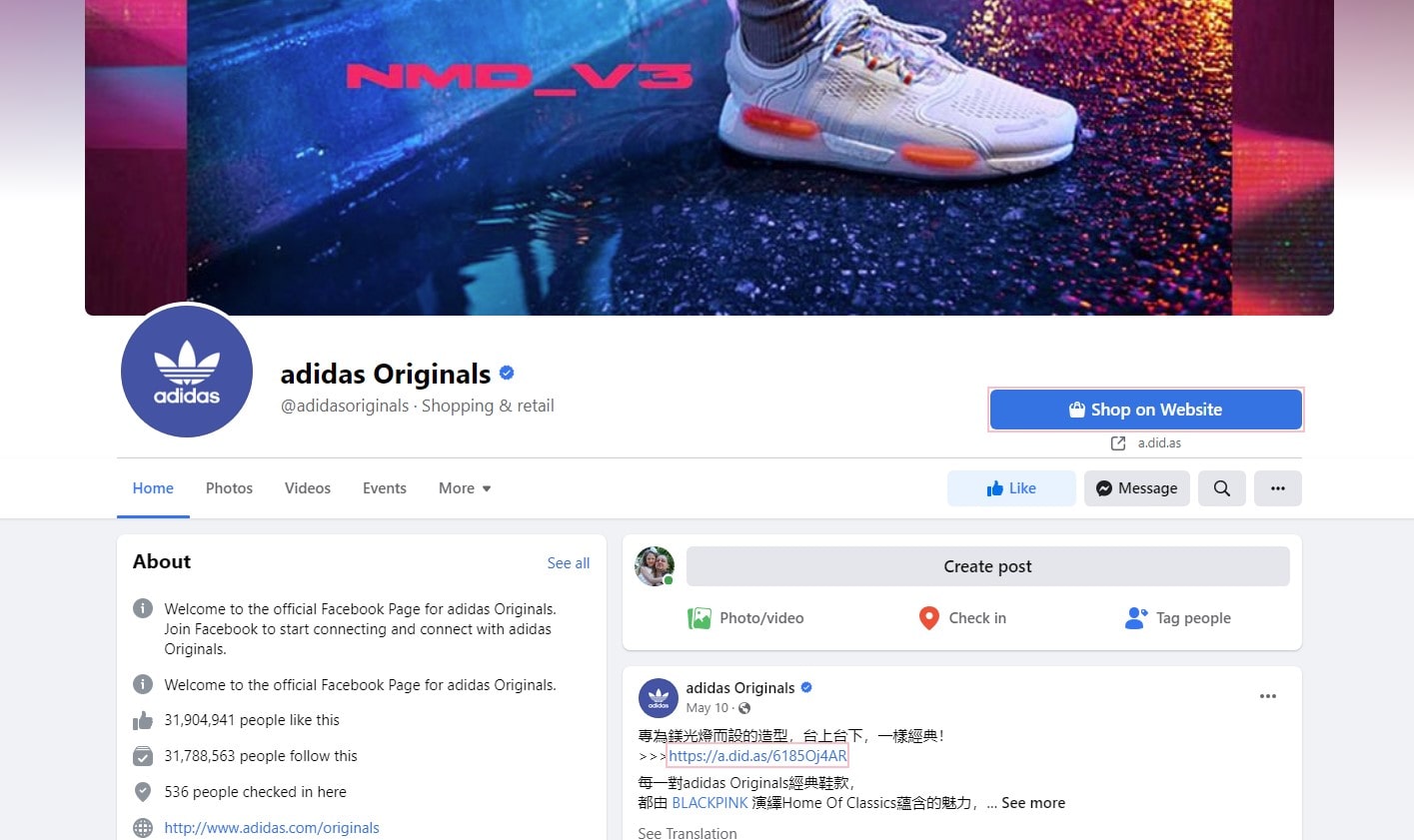
Imagine ‘Handmade Heirlooms’, a small business specializing in unique, handcrafted jewelry. Leveraging social media platforms for branding and marketing can be a game-changer. It’s a virtual storefront, a customer service portal, and a direct line to their target audience. Here are some tips for ‘Handmade Heirlooms’ to tap into this powerful resource:
- Quality Over Quantity: Better to excel on one platform than to spread themselves thin over several. If their audience loves Instagram, that’s where they should pour their energy.
- Engaging Content: Regularly share pictures and videos of the jewelry creation process. Show off the craftsmanship, materials, and beauty of the finished pieces.
- Community Building: Social media is a two-way street. Engage with followers, respond to comments, and build a community around the love for unique, handcrafted jewelry.
- Promotions and Contests: Use the platforms to announce sales, offer exclusive discounts, or run contests. This will keep followers excited and engaged.
Using social media strategically, ‘Handmade Heirlooms’ can boost its brand visibility, engage directly with its target audience, and drive business growth. This approach blends marketing and branding efforts and, ultimately, aids in carving out a unique space for ‘Handmade Heirlooms’ in the crowded jewelry market. Social media isn’t just an add-on to marketing strategy; it’s integral to creating a successful, modern business.
6. Leverage Content Marketing

For ‘Green Thumb Gardens,’ a small business focused on urban gardening solutions, content marketing holds immense potential to amplify its branding and marketing efforts. By sharing engaging, valuable, and relevant content, they can position themselves as an authority in the urban gardening niche while connecting with their target audience on a deeper level.
Consider these tips for ‘Green Thumb Gardens’ to leverage content marketing:
- Blog Posts: Write informative articles about urban gardening tips, DIY projects, and the benefits of growing your food. This not only establishes authority but also helps with SEO rankings.
- Infographics: Share visually appealing infographics on social media platforms. Infographics break down complex information into digestible, easy-to-understand formats – perfect for ‘how-to’ gardening guides.
- Videos: Film step-by-step tutorials or showcase success stories from satisfied customers. Videos are engaging and shareable and can bring a personal touch to the brand.
- Newsletters: Send regular newsletters featuring new blog posts, product updates, and exclusive offers. This keeps ‘Green Thumb Gardens’ fresh in the minds of their audience.
By embracing content marketing, ‘Green Thumb Gardens can foster a community of urban garden enthusiasts, boost customer engagement, and drive business growth. In the world of branding and marketing, content is indeed king.
7. Implement SEO Best Practices
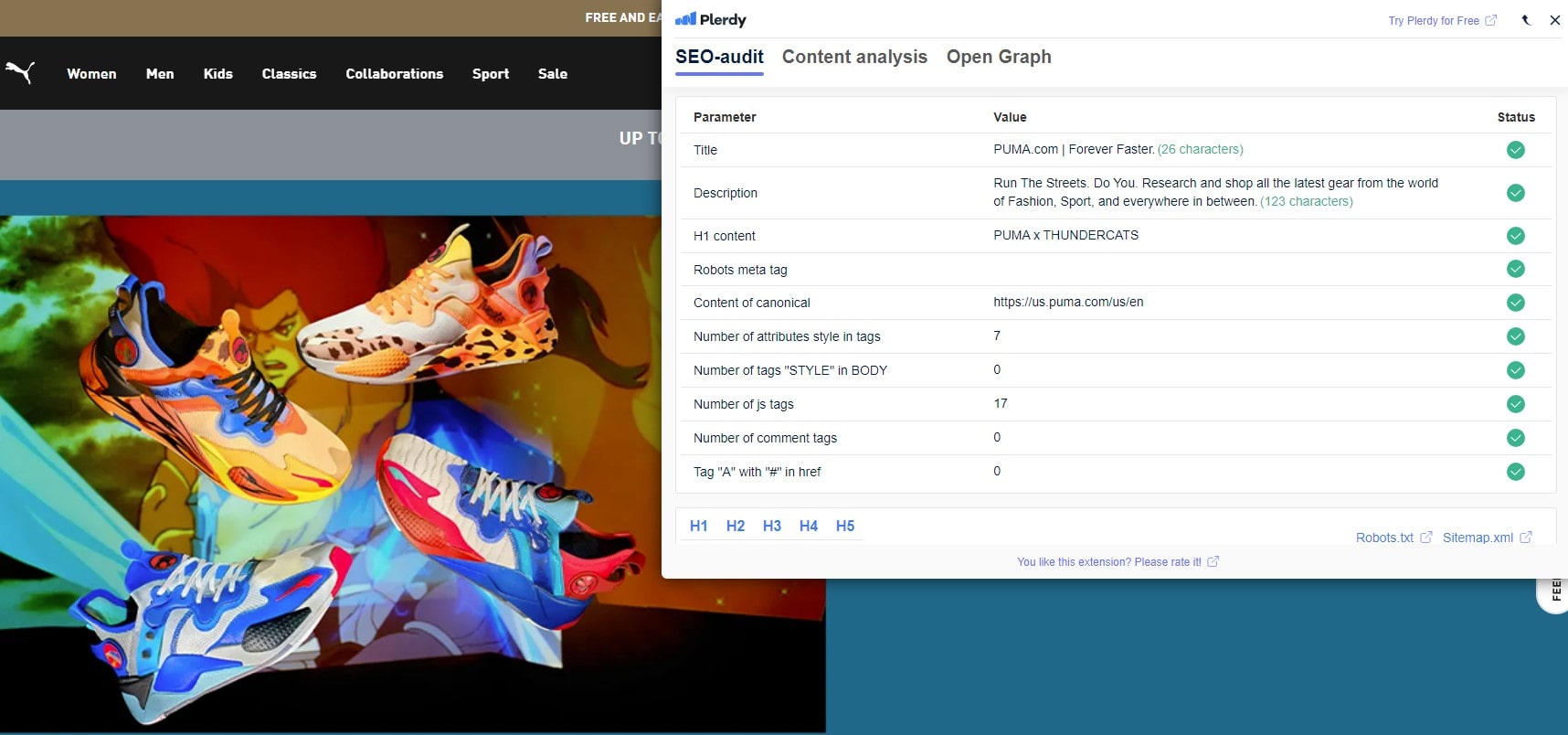
An up-and-coming bakery, ‘Bread and Beyond,’ recognizes the need to incorporate SEO best practices into its marketing strategy. This move could increase their online visibility, grow their customer base, and level up their business growth.
Consider these actions that ‘Bread and Beyond’ can roll out:
- Keyword Optimization: Selecting relevant keywords related to the bakery industry and its products and integrating these into its website content can help them increase search engine rankings.
- Mobile-friendly Website: They must create a website that’s easy to navigate on mobile devices. With most customers searching on the go, a mobile-friendly site can keep them on the page, reducing bounce rates.
- High-quality Content: Sharing valuable blog posts about baking tips, recipes, and bread-making techniques can draw in potential customers, helping to establish ‘Bread and Beyond’.
- Meta Descriptions and Alt Tags: Properly using meta descriptions and alt tags can give search engines a better understanding of their site content, improving visibility.
‘Bread and Beyond’ may beat the competition, increase organic traffic, and maintain growth by incorporating these SEO best practices into its marketing approach. Like baking, good SEO combines science and art, yielding satisfying and delightful results.
8. Personalize Customer Experience
Let’s explore a clothing brand, “Fashion Forward,” intent on personalizing customer experience to set themselves apart in the crowded fashion industry.
Here are key strategies “Fashion Forward” can weave into its business model to tailor the customer journey:
- Personalized Recommendations: Using AI, “Fashion Forward” can suggest items based on past purchases, offering a seamless shopping experience.
- Interactive Content: Customers love engaging with brands. Imagine a ‘Style Quiz’ that helps them discover their unique fashion persona, guiding them towards products that match their style.
- Email Personalization: Instead of generic newsletters, they can send personalized email campaigns based on customer preferences.
- Customer Service Excellence: Empowering their customer service team to provide personalized solutions can foster a strong emotional connection with their customers.
As “Fashion Forward” stitches these personalized strategies into their business, they’ll see increased customer loyalty and conversions. This approach enables them to fashion a branding and marketing strategy as unique as their customers, proving that personalization in business is more than just a trend – it’s the fabric of a successful customer-centric company.
9. Measure and Analyze Your Efforts

Data reigns supreme in business, where branding and marketing are the lifelines. The tale of a thriving online bookstore, “Literary Loft,” sheds light on the significance of measuring and analyzing efforts to drive growth.
From day one, “Literary Loft” has incorporated a robust data-driven strategy, keeping a keen eye on the numbers and continually optimizing their approach. They measure their efforts using the following metrics:
- Website Traffic: The more visitors on their website, the greater the chance for sales. Through analytical tools, they gain insights into user behavior, allowing them to make website improvements.
- Conversion Rate: A central metric that uncovers the percentage of website visitors who purchase. The higher the rate, the better their marketing and branding strategies work.
- Customer Acquisition Cost (CAC): It is essential to know how much they spend to acquire a new customer. If CAC exceeds the value a customer brings, they need to streamline their marketing expenses.
- Customer Lifetime Value (CLV): By calculating how much a customer is worth throughout their relationship, “Literary Loft” can make informed decisions about customer retention strategies.
Guided by these metrics, “Literary Loft” pivots their strategies, making data-driven decisions that enhance its branding and marketing efforts. They’re a testament to the power of not just executing a plan and carefully examining its results. It’s about taking action, measuring, analyzing, and refining – an ongoing loop that propels businesses forward.
10. Be Consistent
When it comes to modern business, branding and marketing, revolve around one primary principle: consistency. Consider “Green Roots,” a flourishing organic skincare brand that understands the power of consistency in shaping a reputable brand image.
Their journey embodies three key strategies to sustain consistency:
- Unified Branding: Every element, from their logo to product packaging, reflects a cohesive visual aesthetic that resonates with their ‘organic and natural’ mantra.
- Consistent Communication: Whether social media posts or customer service responses, they ensure the brand voice is uniform and easily recognizable.
- Regular Content: They post engaging blogs and social media updates like clockwork, providing value to their audience while staying top of mind.
Consistency builds familiarity and trust, fostering a reliable image that customers are inclined to choose amidst a sea of options. Thus, any company entering branding and marketing must provide uniformity throughout its operations.
11. Build Trust and Loyalty

Building trust and loyalty in business, marketing, and branding isn’t a walk in the park – it’s a marathon. Take “Blue Wave,” a popular tech startup, for example. They’ve cultivated unwavering trust and loyalty among their customer base with a unique blend of transparency, customer-centricity, and engagement.
Here are the three key principles they’ve relied on:
- Transparent Practices: By showcasing its work process and corporate values, Blue Wave is committed to openness – strengthening customer trust in its brand.
- Customer-Centric Approach: They place customers at the heart of their operation, showing that they value each individual’s needs and experiences.
- Engaging Experiences: From regular newsletters to interactive webinars, they keep their audience involved – nurturing a sense of belonging and loyalty.
In essence, the relationship between a brand and its customers is like a personal bond – it requires honesty, attention, and consistent effort to flourish. As Blue Wave demonstrates, businesses need to realize that their customers aren’t just statistics on a sales chart but individuals seeking a trustworthy and engaging relationship with the brands they patronize.
12. Stay Current and Adapt
Navigating the competitive landscape of business, marketing, and branding requires staying current and adapting – a principle “Fresh Fields,” an organic grocery chain, has excelled in. They have consistently demonstrated agility and receptiveness to change in the fast-paced modern marketplace.
Key strategies they’ve used to stay current include:
- Embracing Technology: Fresh Fields harnessed the power of digital transformation – implementing an e-commerce platform and app for a seamless online shopping experience.
- Adopting Sustainability: In response to growing environmental consciousness, they shifted towards greener practices, earning praise from environmentally conscious customers.
- Staying Tuned to Consumer Needs: They regularly conduct market research and customer surveys, ensuring they align with evolving customer preferences.
In conclusion, staying current and adaptable isn’t just an option in branding and marketing – it’s necessary. As Fresh Fields exemplifies, understanding the need for change, embracing it, and executing it effectively sets successful brands apart. Their story is a roadmap for businesses aiming to survive and thrive in the evolving marketplace.
13. Never Underestimate the Power of Customer Feedback
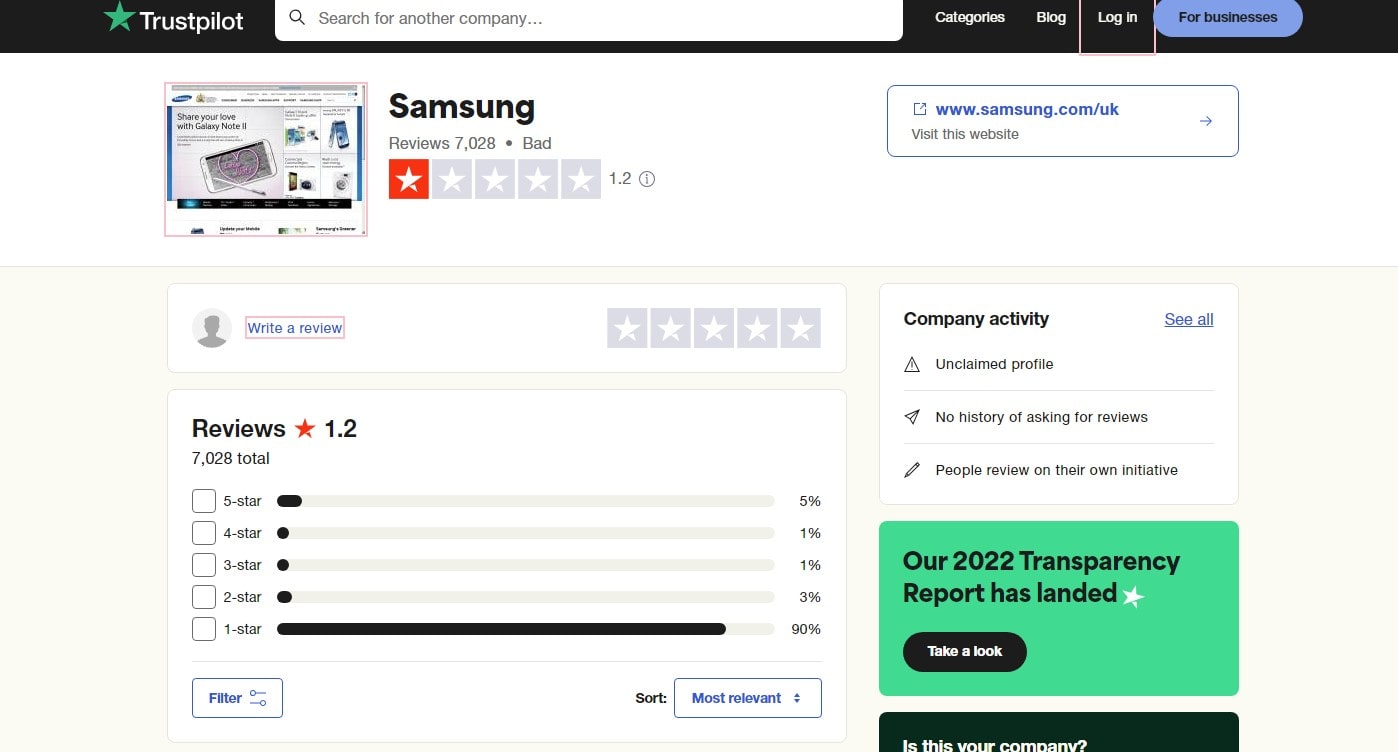
In business, marketing, and branding, customer feedback is a powerful tool that should never be underestimated. Taking the case of “Spark Innovations,” a tech startup that catapulted into success thanks to customer feedback.
Key actions they undertook include:
- Gathering Feedback: They set up channels across their website and social media platforms.
- Analyzing Feedback: Using advanced analytics, they categorized feedback into actionable insights.
- Acting on Feedback: Changes were made based on the insights gathered, such as simplifying user interfaces and enhancing customer service.
Their experience illustrates the immense power of customer feedback. Feedback acts as a mirror, reflecting the realities of a business’s products and services from the customer’s perspective. It provides insights that are vital for growth and success. Spark Innovations showed that ignoring feedback can lead to missed chances while using it can help a business open new doors and reach new branding and marketing heights.
Bottom Line
Let’s revisit the branding and marketing dichotomy as we wrap up our exploration. Remember, branding crafts your unique business identity—a beacon that lights the way, much like Coca-Cola’s global-friendly ethos. Marketing, on the other hand, is your loudspeaker. It broadcasts your unique message, echoing Nike’s empowering narrative.
A few key takeaways:
- Branding molds your company’s image—like a sculptor etching the finest diamond ?.
- Marketing amplifies your brand—like a rock band ? wowing the audience, leaving them wanting more.
Pivotal as these concepts are, leveraging Plerdy’s UX & CRO analysis tools can further enhance your branding and marketing efforts. Make no mistake: mastering both realms is an ongoing, never—ending dance that evolves over time. Don’t be afraid to tweak your strategy, adjust, and learn from each campaign’s outcomes.
Armed with this understanding, you’re now ready to sail smoothly in the seas of commerce, charting your path, navigating your journey, and leaving your unique mark. Time to step up, get your branding and marketing right, and prepare to conquer the marketplace!
Ready to harness the power of Plerdy’s tools? Sign up for a free trial today and set your brand on the path to success!
